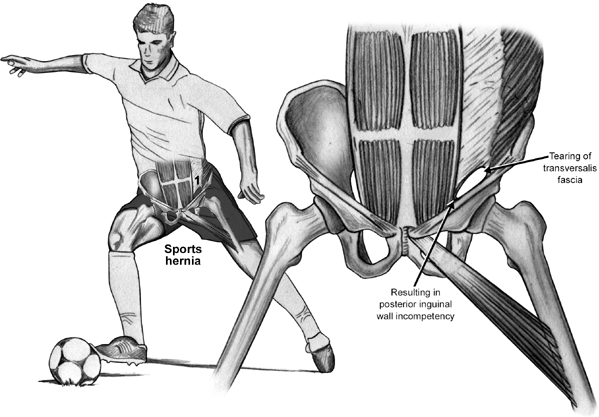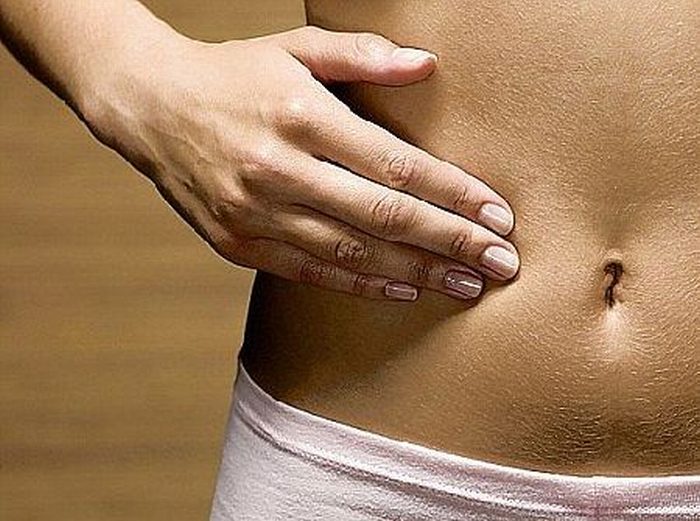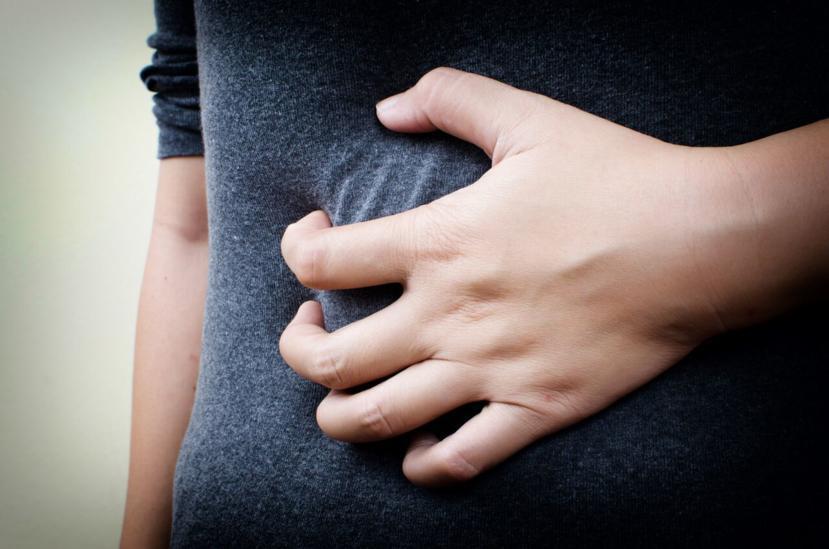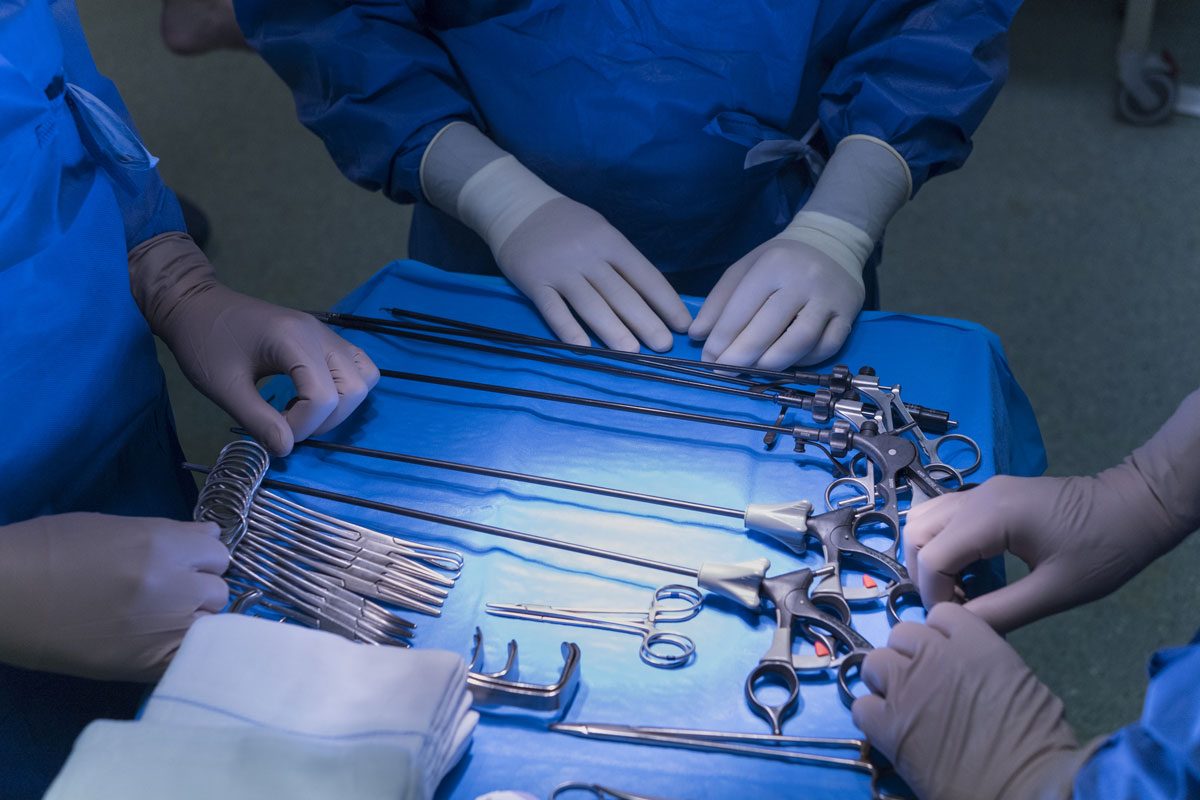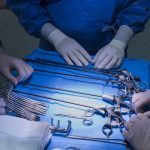What exactly is a sports hernia? Is it actually a type of a hernia? Can only athletes get sports hernias? We are going to discuss what a sports hernia actually is and what your repair and recovery options are if you think you may have a sports hernia.
The proper medical term for a sports hernia is “athletic pubalgia”. By looking at the medical term, you can probably conclude that a sports hernia is a hernia that is located in the groin or pubic region. And although non-athletes may be able to develop a sports hernia, it is most common in athletes because of how it is created. Many other common hernias cannot be prevented because they are often a result of a birth/genetic defect or something else out of the hernia patient’s control. However, sports hernias have a definitive cause and effect. Sports hernias are the result of athletes doing a repetitive motion that involves twisting with a lot of torsion. Sports hernias are most common with athletes that repeatedly twist and exert a lot of torque when playing their game. Tennis players, hockey players and baseball players are some of the most common sports where athletes suffer from sports hernias, but athletes in many other sports have also suffered from sports hernias.
Sports Hernia Symptoms and Diagnosis
Sports Hernias are very difficult to diagnose. Unlike most of the other types of hernias, sports hernias do not create a hole in the muscular wall so there is no visible bulge or protrusion when a sports hernia is present. Without a visible symptom for a doctor to diagnose, sports hernias are not always diagnosed properly at first. They are the most misunderstood and misdiagnosed of all of the types of hernias.
At its most basic definition, a sports hernia is a soft tissue tear in the lower abdomen or groin area. The most obvious symptom of a sports hernia is that they cause severe pain in the groin or lower abdomen. As we talked about earlier, sports hernias do not have a visible bulge (unless they have developed into an inguinal hernia) so other than pain in the lower abdomen or pubic region, there may not be any other symptoms present. Therefore, when you visit a doctor about diagnosing a sports hernia, it can be difficult for them to properly diagnose whether it is an actual sports hernia or perhaps you just strained your groin. Your doctor may ask you to do some physical exercises like a sit-up or have you try and flex your abdominal muscles to see if it is painful. However, it is still difficult to give a definitive answer as to whether you have a sports hernia or something else is wrong just from these tests. Your doctor may then have to order an MRI on your abdomen area so that they can see what is actually happening in this area. An MRI will give your doctor a clear look at your muscles and they will be able to see if there is a tear in your lower abdomen or pubic region and whether or not this is a sports hernia. Sports hernias are very difficult to diagnose because they have such few symptoms.
Sports Hernia Repair Options
Sports hernias are very difficult to diagnose, but the one positive that sports hernias have over all other types of hernias is that you may be able to heal it without surgery. Often times, when an athlete is first diagnosed with a sports hernia, they are told to start resting immediately. Four to six weeks of rest and no rigorous physical activity is usually recommended. During this time of rest, some physical therapy at the direction of a physician may be done to help strengthen the area where the sports hernia is. While all other types of hernias require surgery to be repaired, sports hernias may not require surgery if the region can be repaired to full strength before it develops into an inguinal hernia. After about 4 to 6 weeks, you may be able to return to playing your sport and see whether or not your sports hernia has improved enough to where you will not need surgery.
Unfortunately, if your sports hernia has not improved after this time of rest and physical therapy, you may now require surgery in order to fully repair the sports hernia. At this point, the surgery techniques are very similar to other hernia repair techniques. The two most commonly used surgery techniques for a sports hernia are open hernia repairs and a laparoscopy. Both methods can be effective at repairing a hernia, but you should make sure that your surgeon is experienced in whichever technique they are using to repair your sports hernia.
Sports Hernia Recovery
The amount of time for a sports hernia recovery can vary significantly. Some sports hernias are caught early enough to where they never develop into a full tear and can be treated through physical therapy and rest and you can return to playing your sport fairly quickly. A general timetable that is commonly used for sports hernias recovery for patients that do not require surgery is around 4 to 6 weeks. Many athletes are able to return to their sport without ever having surgery on a sports hernia. However, you should want to be patient with sports hernias. Rushing back to your sport before your sports hernia has properly recovered could lead to another tear, and this time it could cause a more significant injury. Being patient, resting and completing any recommended physical therapy will go a long way in helping your sports hernia recovery.
Sports hernia recovery will be longer if surgery is required to repair the hernia. It will typically be about 8 to 12 weeks before you will be able to return to your sport after having sports hernia surgery. Of course, this also depends largely on what type of surgery technique is used to repair your sports hernia. Laparoscopy will allow you to return to your sport quicker than an open hernia repair, but ultimately you should be thinking about which surgery method would give you the best option for a lasting recovery. Your surgeon should be able to identify which method is best for your sports hernia situation, but make sure that you are not picking a surgery technique for a shorter recovery if it is not the best long-term solution. The vast majority of sports hernia surgery repairs are successful and you should want to make sure to get it right the first time so you don’t have to go back in for another sports hernia repair anytime soon. Recovering from a sports hernia is an achievable goal, but you need to be patient and listen to your doctor’s advice if you want a complete sports hernia recovery.


